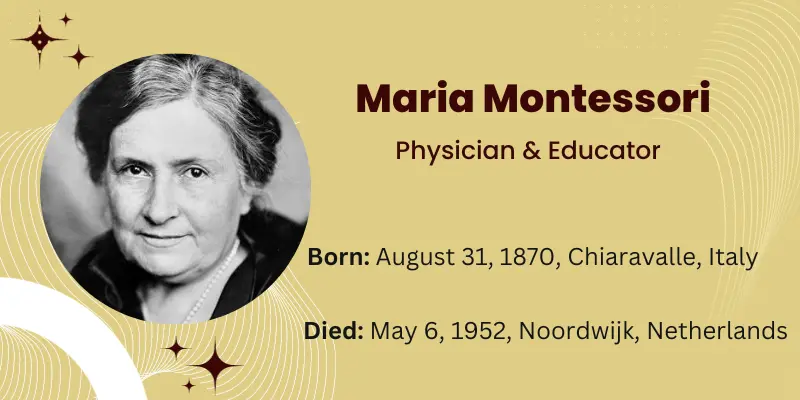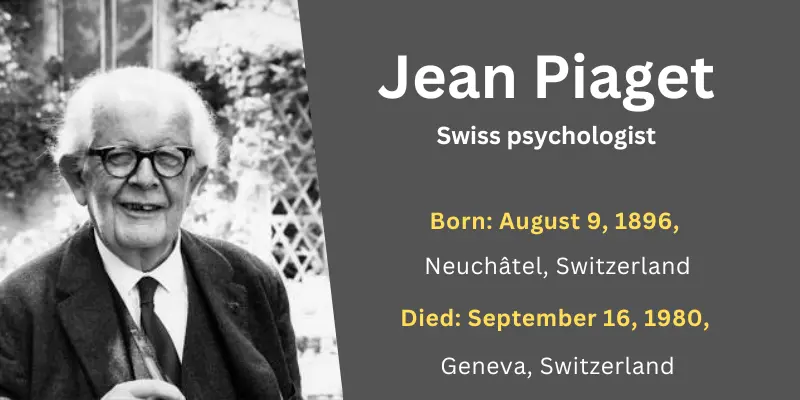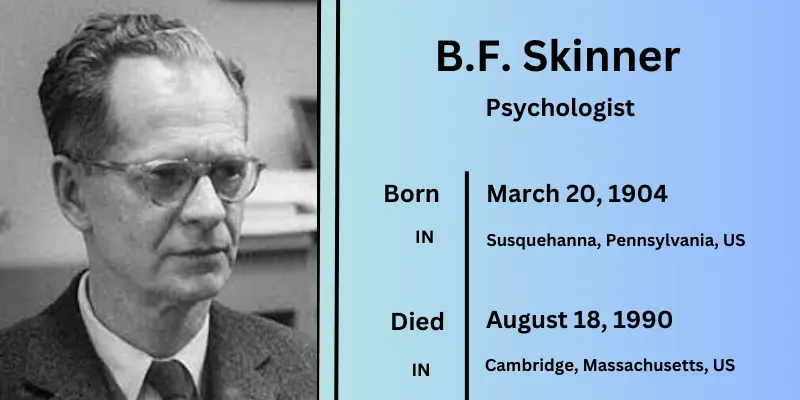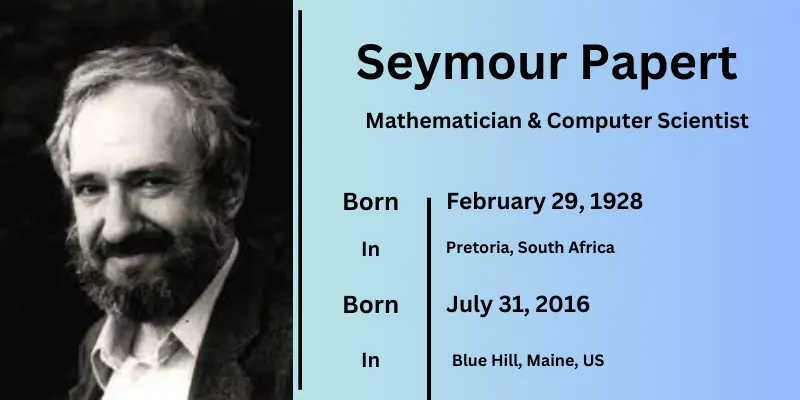Science Of Toys – Scientists Transform Toys Into Miracles
Updated: 28 Oct, 23
104
Dear Parents and Educators, Have you ever wondered how playtime can be a superpower for your child’s learning? Well, it’s all thanks to some fantastic scientists who turned toys into tools for education. These toys are not just any toys; they are unique because they help children grow and learn.
The science of toys reveals the perfect toys for every stage of child development.
Imagine building castles with colourful blocks, solving puzzles, and going on exciting adventures while learning important things. It’s like magic!
Let’s meet the scientists who made this magic happen and learn how you can use these toys to help your children grow and discover the joy of learning.
The Heroes Who Teach Us Science Of Toys
In a world where fun and learning come together, it’s like special magic through toys that help us learn. Imagine a realm where play isn’t just playing but a key to unlocking the wonders of child development.
Meet the brilliant minds behind these captivating creations. The scientists transformed ordinary toys into extraordinary tools for learning.
Maria Montessori: Crafting Fine Motor Skills with Play

(August 31, 1870, Chiaravalle, Italy) (May 6, 1952, Noordwijk, Netherlands)
Maria Montessori, an Italian physician and educator, revolutionized the world of education with her innovative method.
At this age (between One and half and two and half years), the children have a need to develop independence.Maria Montessori
She believed in the magic of hands-on learning. She knew that when children use their hands and engage their fine motor skills, they open doors to a world of discovery.
Her learning toys, including stacking blocks, sorting trays, and puzzles, ignite creativity and help children develop cognitive, motor, and social skills.
Jean Piaget: A Journey of Stages with Gross Motor Skills

(August 9, 1896, Neuchâtel, Switzerland) ( September 16, 1980, Geneva, Switzerland)
Swiss psychologist Jean Piaget had a theory about how kids learn and grow in their brains. He said that children go through different stages of learning, and each stage has its things to figure out and learn.
The goal of education is not to increase the amount of knowledge but to create the possibilities for a child to invent and discoverJean Piaget
He made unique toys to help kids learn at each stage. These toys are like guides that help kids explore and learn about the world in their way and time.
One of his famous toys is a wooden building block. These blocks are good for helping kids learn how things fit together and how to solve problems. Plus, they help kids get better at using their big muscles to do something. So, it’s fun, and it helps them learn!
B.F. Skinner: Reinforcing Positive Behaviors

(March 20, 1904, Susquehanna, Pennsylvania, US) (August 18, 1990, Cambridge, Massachusetts, US)
American psychologist B.F. Skinner had a particular way of teaching and learning. He believed that our behavior is influenced by what happens after we do something. If something good happens after we do something, we’re more likely to do it again.
No one asks how to motivate a baby. A baby naturally explores everything it can get at, unless restraining forces have already been at work. And this tendency doesn’t die out, it’s wiped out.B.F. Skinner
He made toys and machines that help kids learn in a fun way. These toys and machines give rewards when kids do things right. So, kids get a little treat when they do something good, like solving a puzzle or learning a new idea. This makes learning more fun and helps kids get better at important skills.
Jerome Bruner: A Helping Hand in Learning

(October 1, 1915, New York, New York, US) (June 5, 2016, in Manhattan, New York, US)
Jerome Bruner, an American psychologist specializing in cognitive development and learning, developed the scaffolding theory.
Jerome Bruner had an idea about how kids learn. He said that kids learn best when they get the right help. It’s like when someone helps you learn something new, but only a little help so you can still do it yourself.
He made unique toys that are just right for this. These toys are like a fun balance. They give kids exciting things to do, but they’re pretty straightforward. This way, kids can learn and have fun at the same time.
One of his famous toys is called “magic boxes.” With these boxes, kids can learn how things work and what happens when they do stuff. This helps them get better at using their hands and their big muscles, which is pretty cool!
Seymour Papert: A Tech Wizard for Creativity

(February 29, 1928, Pretoria, South Africa) (July 31, 2016, Blue Hill, Maine, US)
Seymour Papert was a Hungarian-American mathematician and computer scientist.
He was good with technology and made something special to help kids learn about computers. It’s called the Logo programming language. It’s like a tool that shows kids how computer programs work.
He also made a robot called the Logo Turtle. This robot can follow instructions and make cool drawings and animations. It’s like a robot friend that helps kids be creative and think logically.
With the Logo Turtle, kids can have fun while learning. Plus, they get better at using their hands and big muscles, which is fantastic!
Choosing Sart Toys For Your Children
You can find learning toys for your child if you’re a parent or a teacher. The key is to pick toys that match your child’s age and what they enjoy. It’s like choosing toys that are a good fit for them.
Here’s how to make the best choices:
- Explore educational toys that match your child’s age and interests.
- Select toys that are durable and built to last.
- Prioritize toys that encourage creativity.
- Look for toys that offer opportunities to develop fine and gross motor skills.
Statistics on Educational Toys
Recent studies show that kids who play with cognitive toys learn necessary skills faster. There are two types of skills they develop:
- Fine Motor Skills: These are about using their hands and fingers carefully. Playing with things like building blocks and puzzles helps them get better at this.
- Gross Motor Skills: These skills are about significant arms, legs, and body movements. When they play actively with toys, like building blocks or interactive ones that show cause and effect, they improve these skills, too.
Studies have found that children who play with skill-building toys can improve their fine motor skills by up to 25% and their gross motor skills by up to 20%. These toys are like fun tools for learning!
Conclusion
Learning toys are super fun, and they help your child learn simultaneously. Intelligent scientists designed these toys. When you make learning fun, your child can have a great time and discover new things.
So, bring these amazing skill-building toys into your child’s world and let the learning adventure start! Your child’s hands and big muscles will improve, and they’ll have a fantastic time doing it.
It’s like magic, but with learning!
Source
- Inventing Toys: Kids Having Fun Learning Science by Ed Sobey
- The Secret Science of Toys: A Toy Story Discovery Book by Kris Hirschmann
- Toys: Learning and Development by Jane Playdon
- Learning by Playing: The Science of Educational Toys by Susan Engel
- The Montessori Method, by Maria Montessori
- Constructivism in Education, by Jerome Bruner
- Operant Conditioning by B.F. Skinner
- The Theory of Cognitive Development by Jean Piaget
- https://www.naeyc.org/
- https://www.toyassociation.org/
- https://www.aap.org/
FAQs
how to make educational toys at home?
Creating brain-boosting toys at home can be fun and rewarding to engage children in learning activities. Here’s a guide to making intelligent toys that are not only entertaining but also promote cognitive and motor skill development
To make educational toys at home:
- Choose a learning goal, such as math or science.
- Gather materials like cardboard, markers, and craft supplies.
- Create simple DIY puzzles, sensory activities, or storytelling props.
- Use recyclable materials for building blocks and musical instruments.
- Make flashcards, board games, or nature-based activities.
- Tailor activities to your child’s age and interests.
- Have fun while fostering a love for learning.
Why educational toys are important?
Educational toys are important because they:
- Make learning enjoyable through play.
- Boost cognitive and motor skills.
- Encourage creativity and imagination.
- Develop social and language skills.
- Prepare kids for school.
- Build confidence and independence.
- Teach practical life skills.
In essence, educational toys contribute to a child’s well-rounded development, fostering a love for learning.
Please Write Your Comments